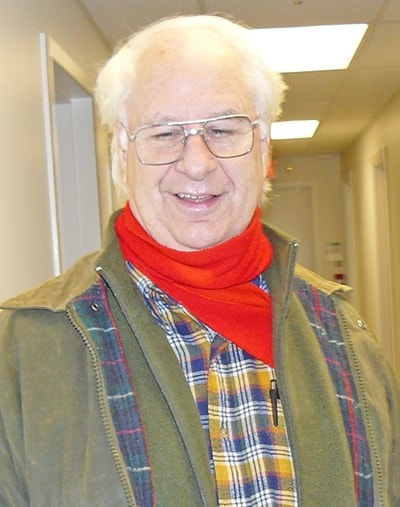The Regional District of Nanaimo’s new agricultural plan is a good idea on paper, but it’s not going to accomplish what it set out to do, says one RDN director.
Errington-Coombs director Julian Fell said the plan, which still has to be ratified, is it is not going to deliver an increase in food production.
“Why have it if it isn’t going to do anything?” he asked. “An agricultural plan for the RDN should have as its goal a large and permanent increase in local food production,” Fell said. “This would be good for the local economy, provide healthier foods, reduce consumption of non-renewable resources and provide food security.” That’s important, he said, because Vancouver Island only has a few days’ supply of food on hand, leaving its residents vulnerable to food shortages in the event of a supply chain disruption.
The key issue that needs to be addressed, he said, is the price of farm land, which he said is currently well beyond the means of young families who want to begin their farming career.
“To increase food production, farming has to be expanded into farmable lands that are not yet being farmed,” he said. “These lands are currently in five to 10-hectare lots, which currently sell in the $500,000 to $1 million range. They can only be afforded by wealthy people who typically have horses.”
Entry-level farmers, he said, need lots that can be purchased for $100,000 or less.
“An agricultural plan that does not recognize and enable small scale, affordable farms will fail to produce any increase in food production,” Fell said.
The RDN’s agricultural plan process was begun in early 2011 to support, preserve, and enhance viable agriculture and food production in the Nanaimo region.
The plan, entitled Growing our Future Together, set out to identify issues, barriers and opportunities for agricultural and aquicultural production, establish an inventory of agricultural uses, products and practices, increase public awareness about the importance of agriculture and work with producers to come up with an implementation strategy.
With no declaration about the right to produce food or plan to create small-lot farming opportunities, Fell sees the document as little more than another layer of bureaucracy.
The plan, which still has to be ratified at the next regular RDN board meeting, was approved, with Fell voting in opposition.
